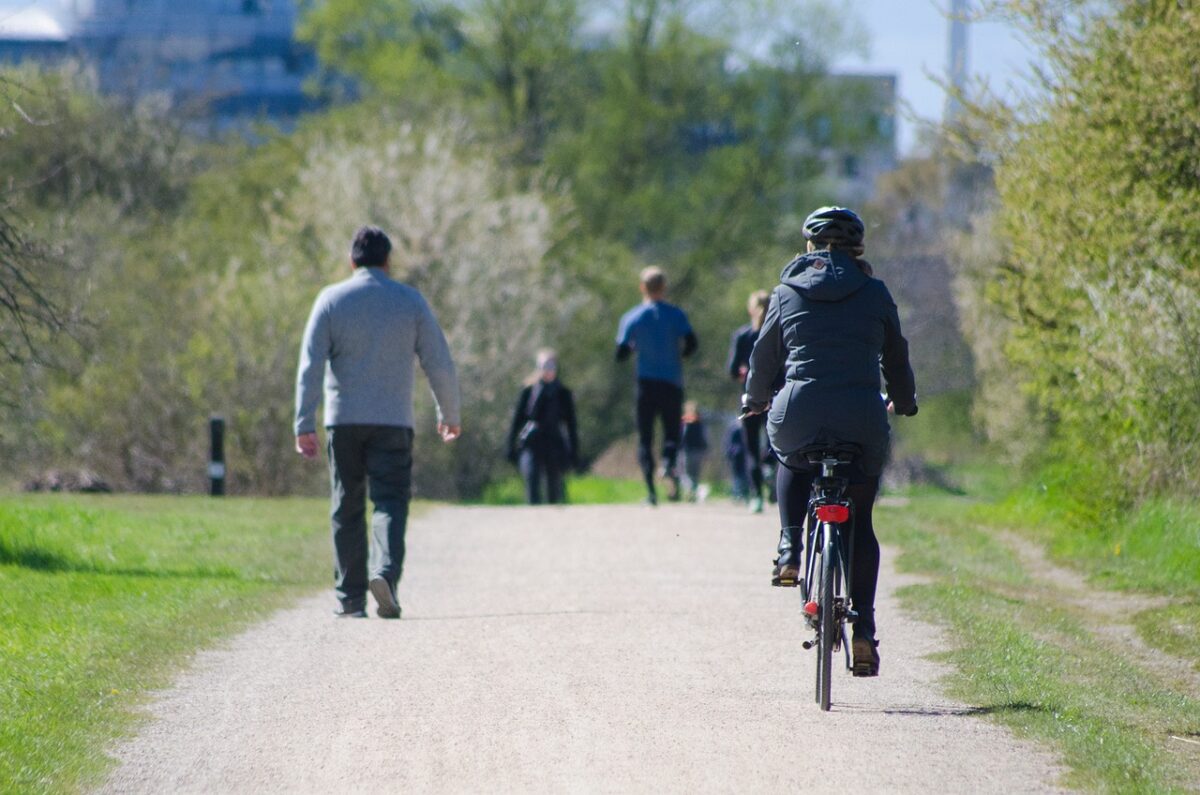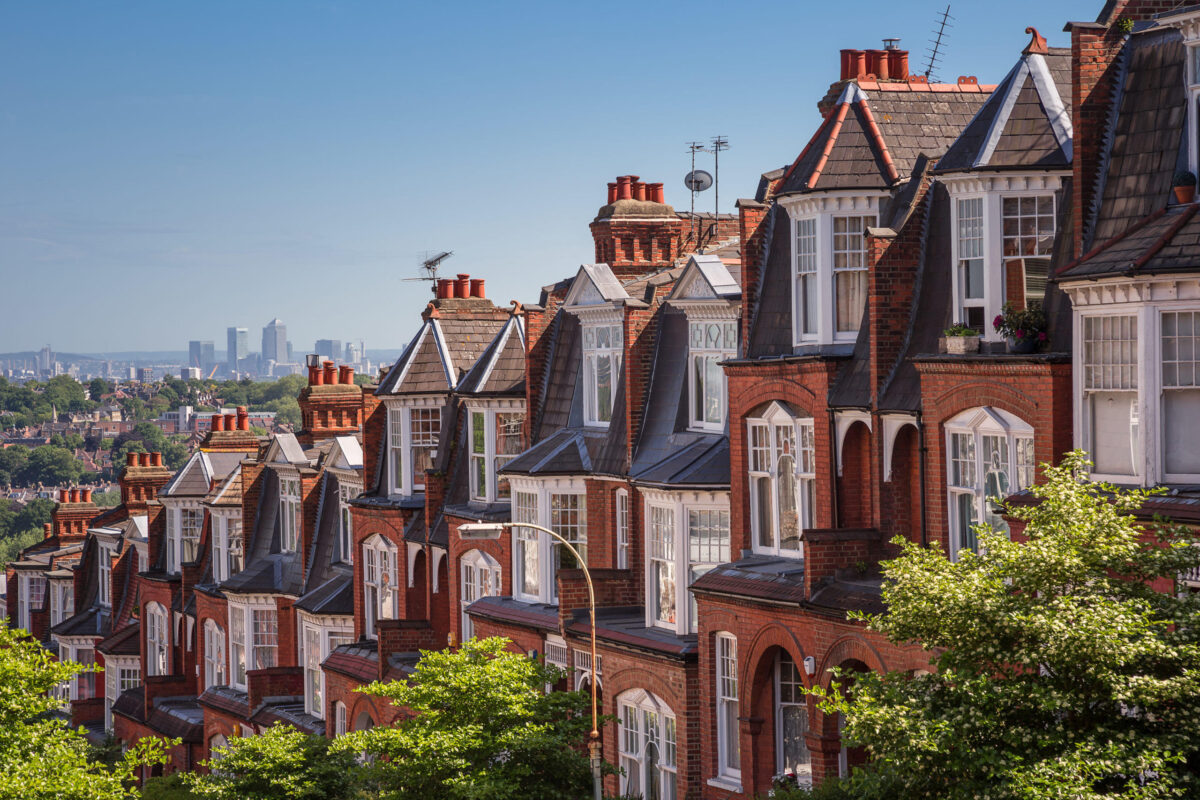The Government has been widely praised for its ambition to build 1.5m new homes over the coming parliament. However, it must now seize the opportunity to make them attractive, sustainable and affordable to live in, by locating and designing them so that people can easily get around without always depending on private cars.
This means doing things very different from the low-density housing sprawl which has spread across the countryside over the past several decades, with poor public transport access and with large amounts of land given over to car-parking.
Not only does this starve communities of attractive public or green open spaces, but it makes it harder to provide economically-viable public transport services.
It also means that schools, shops, healthcare, green open spaces and other key destinations end up being further from people’s homes. If these facilities aren’t within an easy walk, people will inevitably jump in their cars.
Yet that in turn makes it even more unattractive and dangerous to try walking or cycling, or to allow your children to do so. The streets become filled with motor traffic but little else – with nowhere for children to play and no street life.
Motor traffic on Britain’s roads has nearly doubled since 1980 and has increased 10-fold since 1950. Car-dependent planning has contributed greatly to this problem. Alarmingly, these trends are set to continue – government projections suggest motor traffic could carry on growing by up to 54% more by 2060.
Rising motor traffic undermines all of the alternatives. It makes walking and cycling more unpleasant and dangerous, while slowing down public transport and reducing the number of people using it. As the frequency and reliability of public transport worsens, ridership falls further, causing a downward spiral.
This obviously adds to the crises of physical inactivity, road casualties, air pollution and climate change – surface transport is now the largest emitting sector of the UK economy. It also makes life much harder for those without access to cars or who, for whatever reason, cannot drive.
If we want to avoid the aforementioned predicted 54% increase in motor traffic, we must adopt a very different approach. We need to take inspiration from housing developments elsewhere in Europe – though there are also a few great home-grown examples of good practice too such as Marmalade Lane, a 42-home car-free development on the outskirts of Cambridge.
The Low Traffic Future alliance brings together a range of organisations with interests in the environment, health, road safety and sustainability. We have proposed that new housing should take the form of “close-knit communities”. These would be places where:
- Schools, shops, doctors, dentists etc are close to where people live;
- People can reach these and other key destinations easily by walking, wheeling or cycling and/or by local public, shared or community transport, from the moment the development opens; and
- Motor traffic is therefore kept in check, because the alternatives are easier, safer, pleasanter and cheaper.
This approach would fit far better with Labour’s 5 missions, by:
- Boosting economic growth – road congestion costs our economy around £7.5bn annually;
- Protecting the NHS – air pollution, physical inactivity and road injuries each cost the economy tens of billions annually;
- Overcoming the barriers to opportunity created by the assumption that everyone can drive everywhere – this obviously disadvantages those who cannot do so, for whatever reason;
- Creating safer streets – more people walking, wheeling and cycling means more eyes on the street, which reduces street crime;
- Reducing carbon emissions from transport, contributing to a zero-emissions future.
It requires us to build to ‘gentle densities’. That means neither the dehumanising high densities of tower blocks nor the unsustainability of low-density suburbs. Instead, it means building spacious apartment blocks of around 6 storeys, preferably with shared garden areas.
Gentle-density housing can look attractive, have plenty of space both indoors and outdoors, while taking up less land – research by think tank Create Streets has shown that the same number of homes built at this density can occupy just 40% of the land needed for standard UK-style housing.
Encouragingly, the Government’s new draft National Planning Policy Framework proposes a ‘vision-led approach’ to transport and land-use planning. This is intended to replace the old ‘predict and provide’ approach, which assumed that road traffic would inevitably grow in the future, and therefore required roads to be provided for that growth. That, of course, has been a terrible self-fulfilling prophecy.
But if this new ‘vision-led approach’ is to work, government needs to spell out the ‘vision’ that it wants local authorities and developers to be led by – and to do this in a way that will hold up when tested at public inquiries.
The ‘vision’ must be one where developments produce no net increase in motor traffic, thanks to high but ‘gentle’ densities and good sustainable transport connectivity to key destinations. There must also be a transparent test of density and sustainable transport connectivity which local authorities, developers and local communities can all use to determine which proposals are suitable and which are not.
There is one other really important benefit of getting this right. By avoiding adding to motor traffic pressures on local roads, ‘close-knit communities’ are far likelier to be popular and far less likely to face objections.
They would also be good for our health and wellbeing, good for the local and global environment, and good for getting plenty of homes delivered with minimal loss of land and minimal objections. What’s not to like?
If you agree that future housing developments should take the form of ‘Close-knit communities’, to help reduce car-dependence, please email your MP, via https://lowtrafficfuture.org.uk/closeknitcommunities



